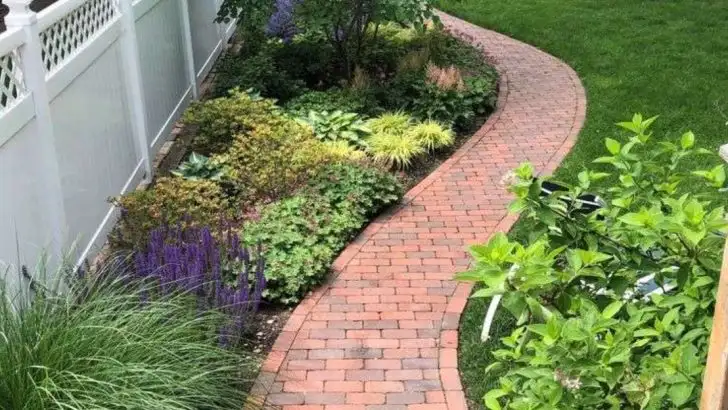Garden pathways can be more than just a way to move through your space—they can become thriving corridors for pollinators. By rethinking what grows alongside and even between your paths, you can create vital habitat for bees, butterflies, and other beneficial insects.
Planting low-growing, nectar-rich species and avoiding harsh chemical treatments will turn simple walkways into living strips of food and shelter. This not only supports biodiversity but also boosts pollination across your entire garden.
In this article, learn how to turn your pathways into pollinator corridors—and transform every step through your garden into a journey through life and color.
Plant Native Flowers

Imagine a garden buzzing with life, all thanks to native flowers. They’re the unsung heroes of pollinator corridors. These plants, perfectly adapted to your local environment, provide essential nectar and pollen. The beauty of coneflowers and black-eyed Susans isn’t just aesthetic; it’s ecological. They require less water and care, fitting seamlessly into the landscape. Consider milkweed, crucial for monarch butterflies. It’s a simple yet profound way to support these travelers on their epic migrations. Including native flowers in your garden ensures you’re playing a vital role in sustaining local ecosystems.
Incorporate Water Features
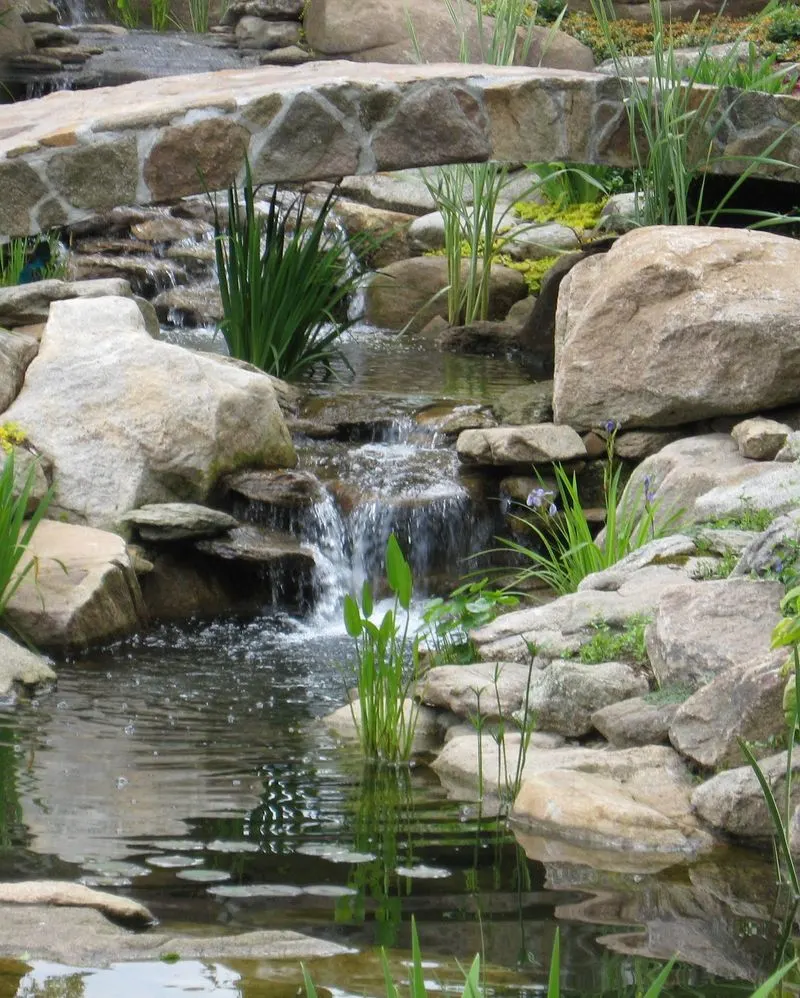
Picture a gentle splash of water drawing the attention of thirsty pollinators. A birdbath or a small fountain can be a precious oasis. These water features don’t just add charm; they provide critical hydration. Even the smallest basin can become a gathering spot for butterflies and bees on a hot day. It’s a simple addition that turns your garden into a lively community hub. Ensure the water is fresh and accessible, and watch your garden transform into a favored stopover for nature’s diligent workers.
Create Shelter Spaces
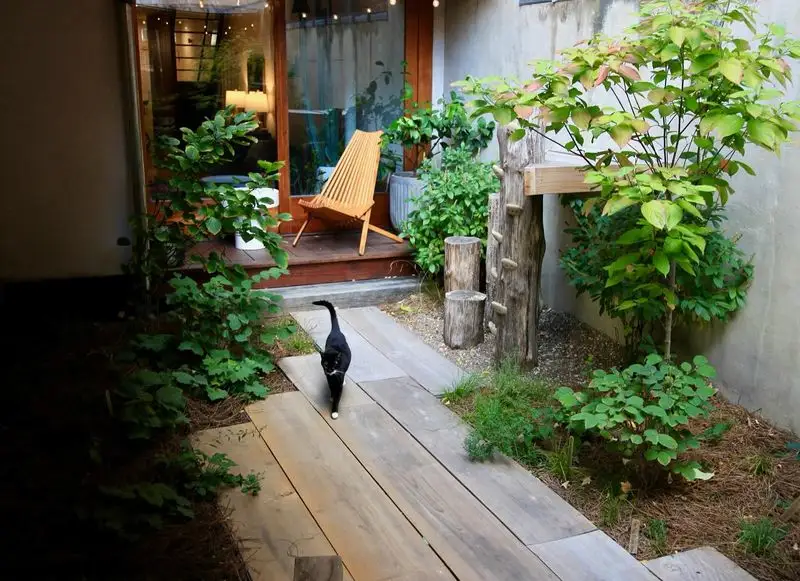
Ever thought of offering pollinators a place to rest? Small shelters or ‘bee hotels’ can make your garden a welcoming haven. Made from natural materials, they provide safe nesting spots. Bees, particularly solitary ones, find these structures invaluable. By providing such shelters, you’re doing more than gardening; you’re creating a sanctuary. This not only supports the ecosystem but also educates others about the importance of safeguarding these tiny architects of nature. It’s a meaningful step toward nurturing a balanced environment.
Cultivate a Herb Garden
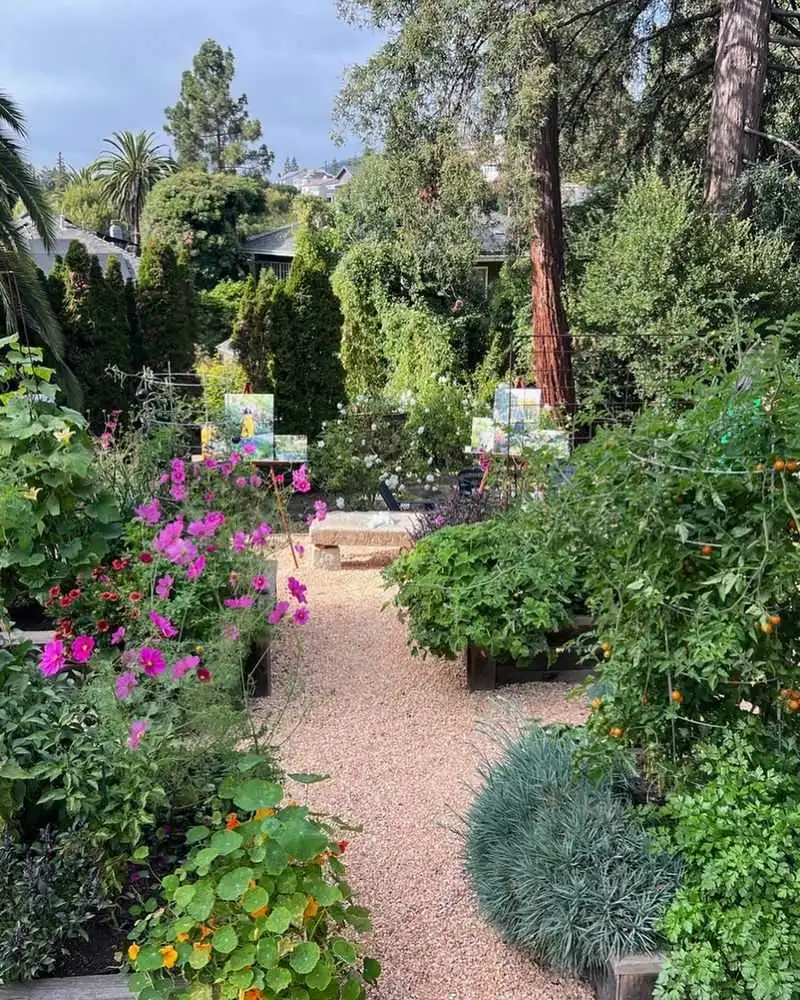
Herbs aren’t just for the kitchen—imagine a garden alive with the scent of lavender and the buzz of bees. Herbs like basil, mint, and lavender are favorites for pollinators. Their aromatic flowers offer a feast for bees and butterflies. The added bonus? You get fresh ingredients for your cooking. A herb garden serves dual purposes: it nurtures pollinators and enhances your culinary adventures. It’s a simple yet impactful way to make your space both productive and pollinator-friendly.
Use Sustainable Practices
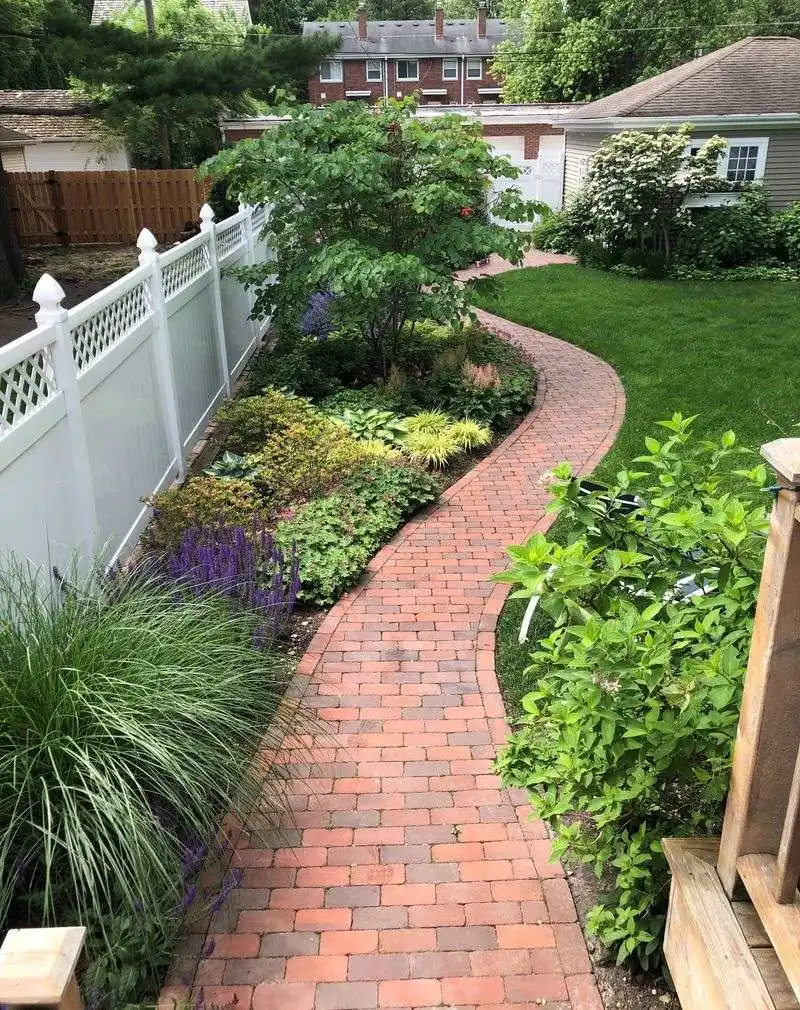
Gardening sustainably benefits both the environment and its buzzing inhabitants. Techniques such as composting and mulching enrich soil health, creating a thriving ecosystem. Avoid pesticides; they harm the very creatures you’re trying to support. Opt for natural alternatives instead. These practices aren’t just eco-friendly; they foster an inviting habitat for bees and other pollinators. By focusing on sustainability, you’re ensuring your garden’s health and productivity for years to come. It’s a commitment to nurturing life in all its vibrant forms.
Design for All Seasons
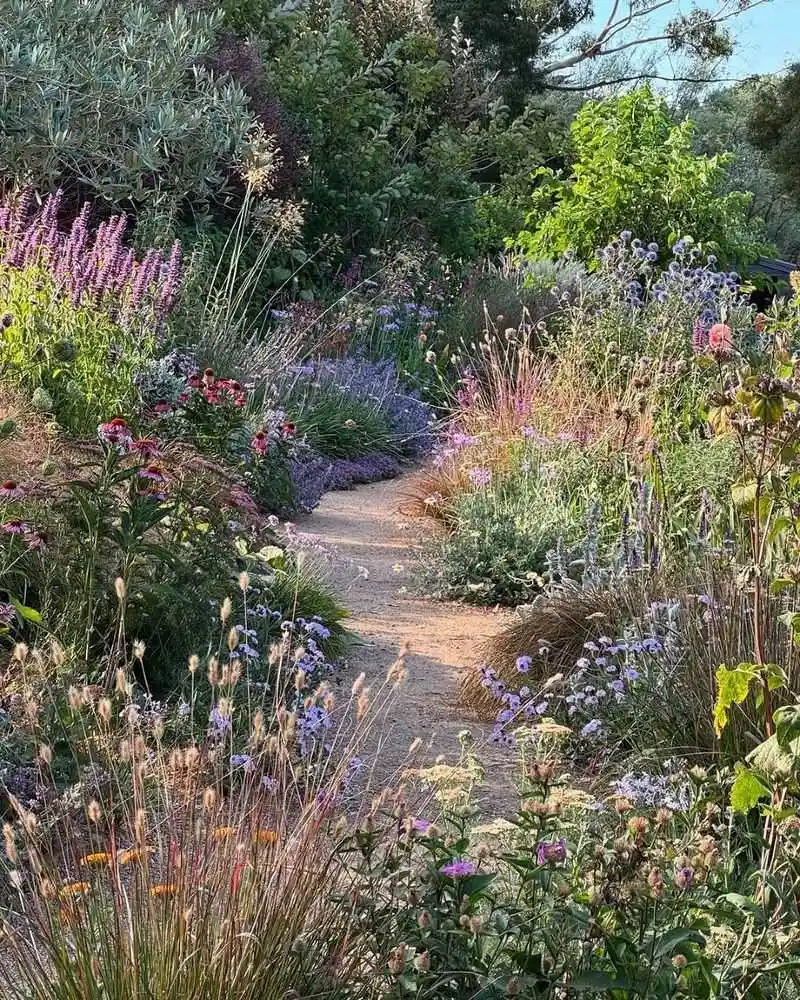
A garden that blooms across seasons ensures continuous support for pollinators. Consider plants that flower at different times of the year. This provides a consistent food source, crucial for creatures like bees. Evergreens and winter-flowering plants keep the landscape alive, even in cold months. It’s not just about summer blooms; a year-round garden is a dynamic, supportive habitat. Such thoughtful design transforms pathways into corridors where pollinators can thrive, regardless of the season. It’s about sustaining life through thoughtful planning.
Engage the Community
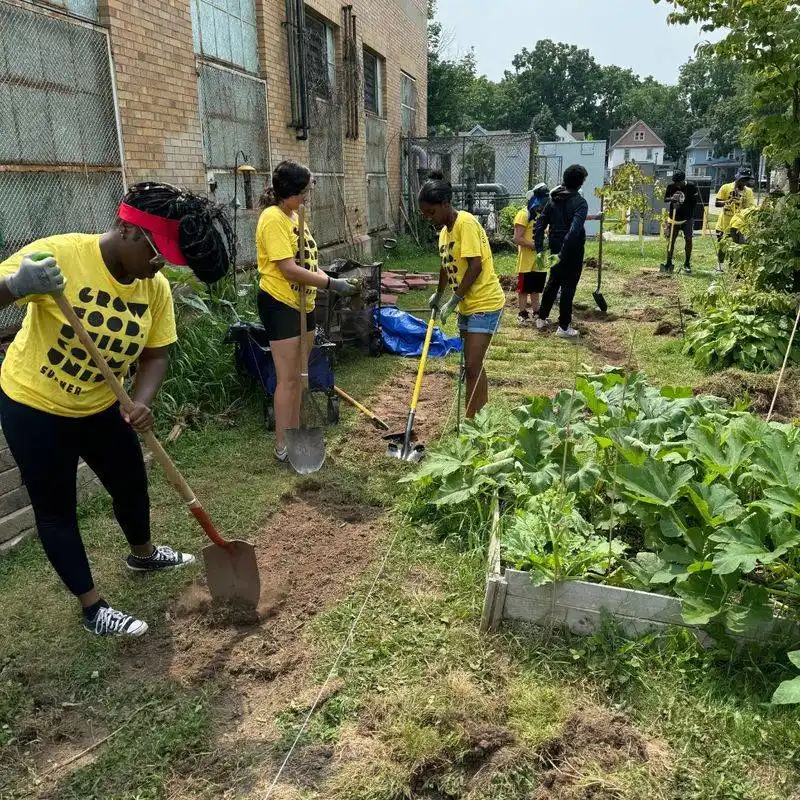
Gardening can be a communal effort, bringing people together for a common cause. Imagine neighbors uniting to plant a shared garden, each contributing to a larger ecosystem. Community gardens create spaces of learning and collaboration. By engaging others, you amplify the impact, creating expansive pollinator corridors. This collective effort not only beautifies the neighborhood but also raises awareness. It’s a celebration of community spirit, where everyone plays a part in nurturing biodiversity and supporting pollinators.

